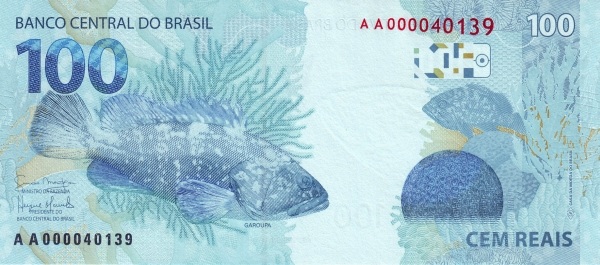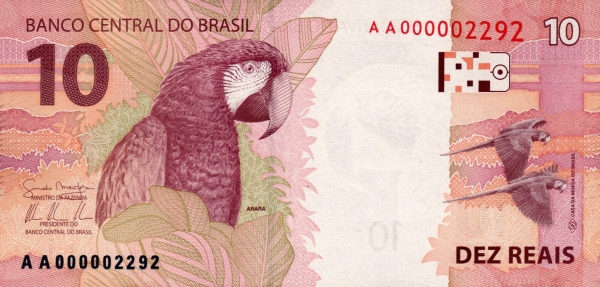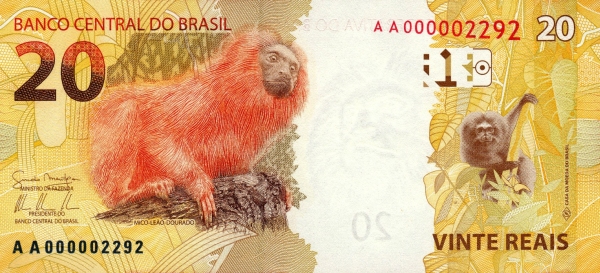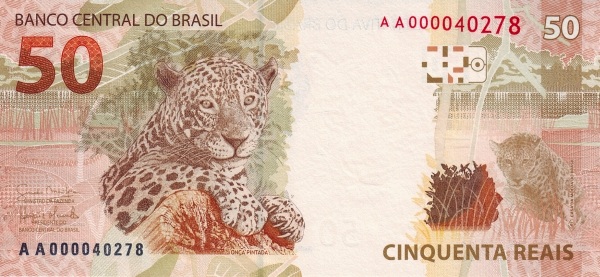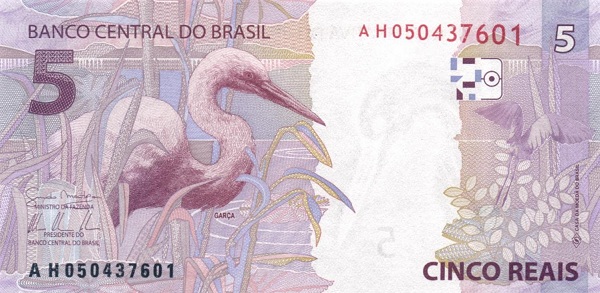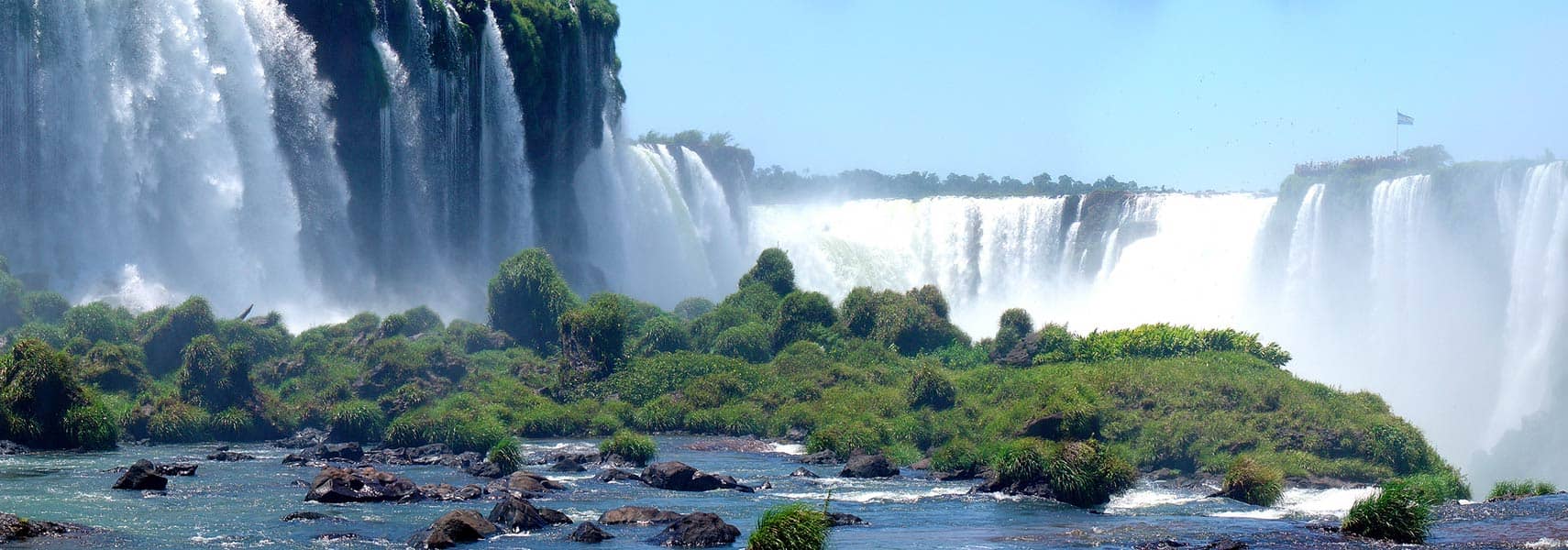Explore the Enigmatic Country of Brazil
Brazil, a majestic country that occupies roughly 50% of South America, boasts breathtaking landscapes and vibrant cultures. Nestled in the central-eastern part of the continent, Brazil's geography is diverse. Notably, a significant portion of this vast country lies south of the equator. With its almost 7,500 km long coastline along the Atlantic Ocean, Brazil captivates visitors with its stunning beaches and lush rainforests.
Geography and Borders
Brazil shares its borders with many countries, including Argentina, Bolivia, Colombia, French Guiana, Guyana, Paraguay, Peru, Suriname, Uruguay, and Venezuela. This extensive network of borders enriches its cultural interactions and trade relationships. Additionally, Brazil comprises 26 states and one Federal District. Notably, only nine of these states are landlocked, allowing for maritime trade and travel, thereby enhancing the nation's economy.
Size and Population
Covering an impressive area of 8,514,877 km² (3,287,597 sq mi), Brazil stands as the fifth-largest country globally. Interestingly, it is larger than Australia by approximately 800,000 square kilometers. To put this into perspective, Brazil is more than 15 times the size of France and slightly larger than the contiguous United States.
With a population exceeding 212 million people in 2024, Brazil ranks as the seventh most populous country worldwide. Consequently, it holds the title of the most populous nation in South America. The capital, Brasília, has a unique charm as a planned city situated atop the Brazilian highlands. Meanwhile, São Paulo, the economic heart of Brazil, pulsates with life and ambition. In contrast, Rio de Janeiro enchants visitors with its iconic beaches and vibrant cultural scene, making it one of the most recognized cities in the world.
The Rich Tapestry of Brazilian Culture
The predominant language spoken in Brazil is Brazilian Portuguese, a linguistic treasure that traces its roots back to Portugal's colonial era. This unique variant differentiates itself from European Portuguese, showcasing the cultural evolution within the country. Additionally, Brazil is home to the second-highest Christian population globally, comprising 53% Roman Catholics and 27% Protestants as of 2023. This rich tapestry of beliefs contributes to Brazil's vibrant festivals and traditions.
Historical Background
Brazil transitioned into an independent nation in 1822 after enduring three centuries under Portuguese rule. Throughout its complex history, Brazil has faced numerous challenges. For instance, the country has battled inflation and political turmoil, particularly during the military dictatorship spanning more than five decades. Nonetheless, Brazil emerged as an industrial and agricultural powerhouse, thanks to its rich natural resources and substantial labor force.
By the 1970s, Brazil solidified its position as Latin America's foremost economic power. Despite this success, the nation continues to grapple with significant social issues, such as income inequality, which remains a critical issue impacting millions. Nonetheless, the resilience of the Brazilian people shines through as they navigate complexities while preserving their cultural identity.
UNESCO World Heritage Sites: A Glimpse into Brazil’s History
Brazil proudly boasts 22 UNESCO World Heritage Sites, which include 14 cultural, seven natural, and one mixed heritage site. Additionally, 22 more properties await consideration on the UNESCO Tentative List. These sites collectively narrate the rich history, diverse cultures, and natural beauty that define Brazil.
Historic Town of Ouro Preto
Ouro Preto, meaning "Black Gold," served as the epicenter of the gold rush during Brazil's golden age in the 18th century. Founded at the close of the 17th century, this historical town is a warm reminder of Brazil's vibrant colonial past.
Historic Centre of the Town of Olinda
Founded in the 16th century, Olinda was rebuilt by the Portuguese after Dutch forces looted and burned it. The town's significance links directly to the sugar-cane industry and the slavery that underpinned Brazil's early economy. Visitors can gain insight into the complex historical narratives as they explore its charming streets.
Historic Centre of Salvador de Bahia
Salvador de Bahia, the former capital of the Portuguese colony, flourished from 1549 to 1763. As the first slave market in the New World, this port city witnessed the fusion of European, African, and Native American cultures. Today, Salvador de Bahia preserves many exceptional Renaissance buildings, creating a stunning contrast to the colorful houses adorned with intricate stucco work throughout its old town.
Sanctuary of Bom Jesus do Congonhas
Congonhas, located in Brazil's state of Minas, is a historical city known for its sanctuary, built in the late 18th century. The renowned artist Aleijadinho created many of the stunning sculptures found here, showcasing baroque artistry that captivates visitors from all corners of the globe.
Serra da Capivara National Park
Serra da Capivara National Park holds a unique position in the archaeological landscape of the Americas. Here, explorers can find one of the most significant archaeological sites, with evidence and artifacts prompting reevaluations of early human settlements. The park features over 300 archaeological sites, with rock and wall paintings dating back 50,000 to 30,000 years, inviting scholars and tourists alike to delve into prehistory.
Why Visit Brazil?
Ultimately, Brazil's enchanting landscapes, rich history, and cultural diversity make it an irresistible destination. From its picturesque Amazon rainforest to the dynamic rhythms of samba in Rio de Janeiro, every corner of Brazil brims with life and authenticity. Especially noteworthy is Brazil's role as a cultural melting pot, where traditions blend beautifully, creating a unique experience for visitors.
In conclusion, whether one seeks to explore vibrant cities, relaxing beaches, or fascinating historical sites, Brazil substantially caters to diverse interests. The combination of remarkable natural beauty and rich cultural heritage ensures that every visit remains unforgettable. Therefore, if you yearn for adventure, history, and an incredible array of experiences, Brazil awaits with open arms.
Largest cities of: Brazil
| City Name | Population | Year of foundation | |
| Brasília | 3,015,268 | 1960 | |
| São Paulo | 12,325,232 | 1554 | |
| Rio de Janeiro | 6,748,000 | 1565 | |
| Salvador | 2,923,000 | 1549 | |
| Fortaleza | 2,673,000 | 1726 | |
| Belo Horizonte | 2,527,000 | 1897 | |
| Manaus | 2,184,000 | 1669 | |
| Curitiba | 1,943,000 | 1693 |
Brazil: Money

